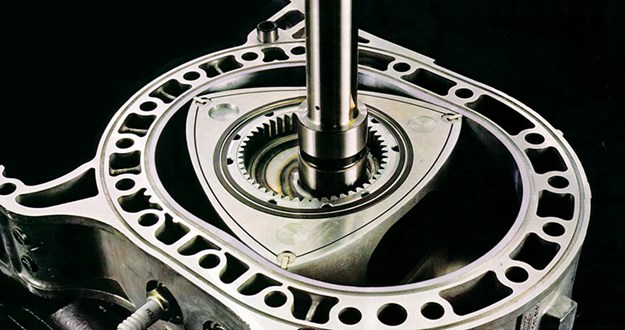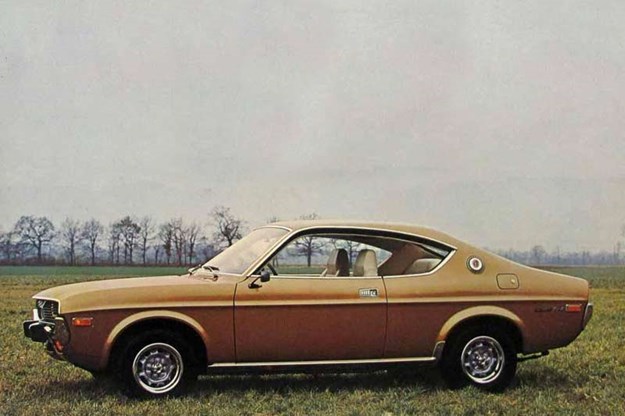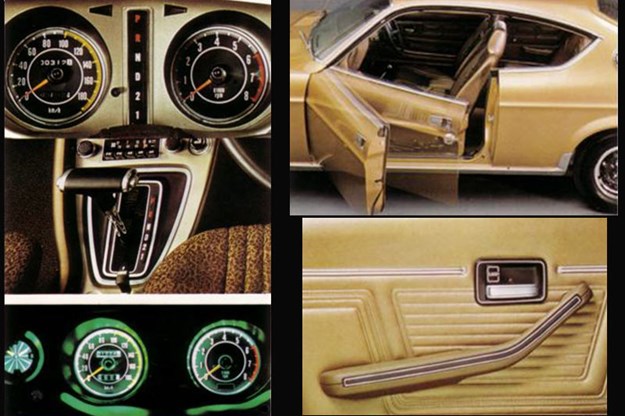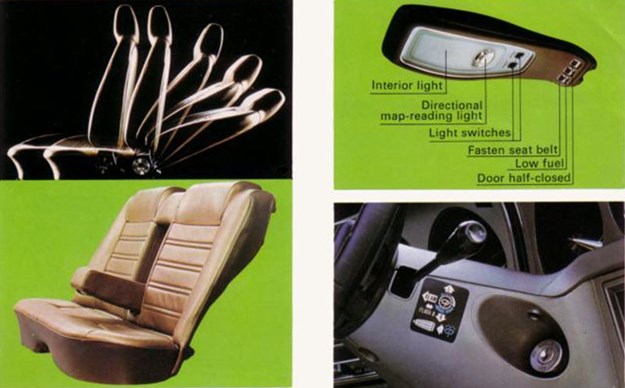Mazda RX-4 - Buyer's Guide



|
Some will see it as a leap of faith to take on a Wankel-powered classic - but an RX-4 purchase can be a good move
Mazda RX-4
Prior to 1973 Mazda had never explored the places a luxury model with plentiful performance might take the brand. New in 1974 a Mazda RX-4 sedan was list-priced at $4088 –just a little less than a six-cylinder Torana SL/R but a lot less than the $7135 being charged for a BMW 2002.
With a stylish body and more equipment, the RX-4 was bigger and heavier than the RX=3 model that was building a sizeable reputation in Production Car racing. However it was aimed at a very different market as well.
The interior was sumptuous, with excellent reclining seats, lots of sound insulation, a dash packed with detail and optional air-conditioning. Standard features included a four-spoke steering wheel, tachometer that was redlined from 7000-8000rpm, temperature and amps gauges, a heater/demister, central console, rear window demister and head-restraints.
| 2019 Market Review: Mazda 929/RX-4/RX-5

In compensation for the weight gain, Mazda fitted its larger 13B rotary engine with 97kW standard with lots more available from minor mechanical tweaking. The RX-4 wasn’t as fast as the lighter, 12A-powered cars but the performance was still strong especially in the mid-range and in keeping with the car’s character.
The Hardtop which sold here only until 1976 was a very classy device. It was slightly cheaper than the sedan and initially sold only as an automatic. However from 1974 a manual transmission was available across the RX-4 range.
In Japan and some overseas markets the two-door remained available until 1979 with later versions and sedans that continued in the Australian market identified by a more elaborate grille and replacement of the distinctive circular rear lights by integrated units.
| Watch next: Unrestored survivor Mazda RX-3 video

Key to the Mazda’s excellent mid-range performance was the gearing. Using only the permitted 7000rpm, road testers ran second gear to 88km/h and third to an amazing 153km/h. 80-112km/h overtaking took 5.5 seconds, or just 0.3 slower than an XU-1 Torana.
Cars in today’s market may have their engines modified or even replaced by later versions of the 13B. Changes to porting, the exhaust and even turbocharging increase power for a reasonable outlay by 100kW.

Even using the standard engine’s performance to the full was expensive. The fuel tank holds 65 litres and a quick 400 kilometre journey would slurp every one. Treated more gently, the manual RX-4 would manage 13L/100km.
Finding excellent examples of either version is difficult. People lucky enough to own one don’t seem keen to sell and values during the past five years have surged. Sourcing a car from Japan is possible but the all-up cost is likely to be a lot more than being patient and grabbing one that becomes available locally.

BODY & CHASSIS
Rust attacks the lower body panels, floors and window surrounds. Look carefully at panel gaps and chassis rails for indications of poor post-crash repairs. Make sure that the doors on coupes close easily and haven’t damaged the sealing rubbers. Second hand panels – shared with the 929 – are very hard to find in Australia and locating rear quarter panels for a coupe anywhere could prove impossible. New indicator lenses, some chromed parts and body rubber kits are available – rubbers from $500 per set. Replacing damaged rear lights on an early car can cost around $300.

ENGINE & TRANSMISSION
Early rotary engines gained a reputation for rapid seal wear and the need for frequent rebuilds. Modern seals and components help durability and a rebuilt 13B should run beyond 100,000 kilometres before major work is again needed. The major risk when buying a car that has been highly modified is that the expensive engine will require equally costly and more frequent rebuilds than a relatively standard motor. Inspection by a rotary-engine specialist is highly recommended. Replacement gearboxes cost less than $2000, with standard clutch kits at $700 and competition-quality units up to $1800.
SUSPENSION & BRAKES
Some owners over the years have altered their RX-4 suspension in an attempt to get a more ‘racy’ response from a car that was always intended to be a cruiser. Springs that are too rigid and accompanied by over-sized wheels wreck ride quality and can allow tyres to make contact with the body. Look for gouges in tyre walls and rub marks on front suspension components. New springs and suspension bush kits are still available and in cars of this value certainly worth the cost. Quality shock absorbers cost only $500 per set. Upgraded brakes are a sensible idea and something that can be done without affecting the look of an otherwise stock car.

INTERIOR & ELECTRICS
Cracked dash tops are common and not easily found in undamaged condition. Reproduction door door trims have been advertised at $800 per set but an excellent alloy-spoke steering wheel can reach $700. Test the ventilation system to ensure the fan is working and that an air-conditioned car – should any survive – is putting out properly chilled air. The original padding in seats becomes flat and uncomfortable but a lot of cars now have later-model buckets. Check that all the instruments work as sets of replacement gauges are uncommon and will likely need to be found overseas.
2018 VALUE RANGE RX-4 (Sedan)
FAIR: $10,000
GOOD: $24,000
EXCELLENT: $37,000
(Note: exceptional cars will demand more)

1973-1979 Mazda RX-4 specs
NUMBER BUILT: 225,004
BODY: all steel integrated body/chassis two-door coupe and four-door sedan
ENGINE: dual rotor, 1.3-litre rotary with single carburettor
POWER & TORQUE: 97kW @ 7000rpm, 155Nm @ 4000rpm
PERFORMANCE: 0-97km/h 10.0 seconds, 0-400 metres 16.8 seconds (manual coupe)
TRANSMISSION: four-speed manual or three-speed automatic
SUSPENSION: Independent with struts, coil springs with anti-roll bar (f) live axle with coil springs and locating links, telescopic shock absorbers (r)
BRAKES: disc (f), drum (r) power assisted
TYRES: 165SR/13 radial
Unique Cars magazine Value Guides
Sell your car for free right here
Get your monthly fix of news, reviews and stories on the greatest cars and minds in the automotive world.
Subscribe

.jpg)







.jpeg)





